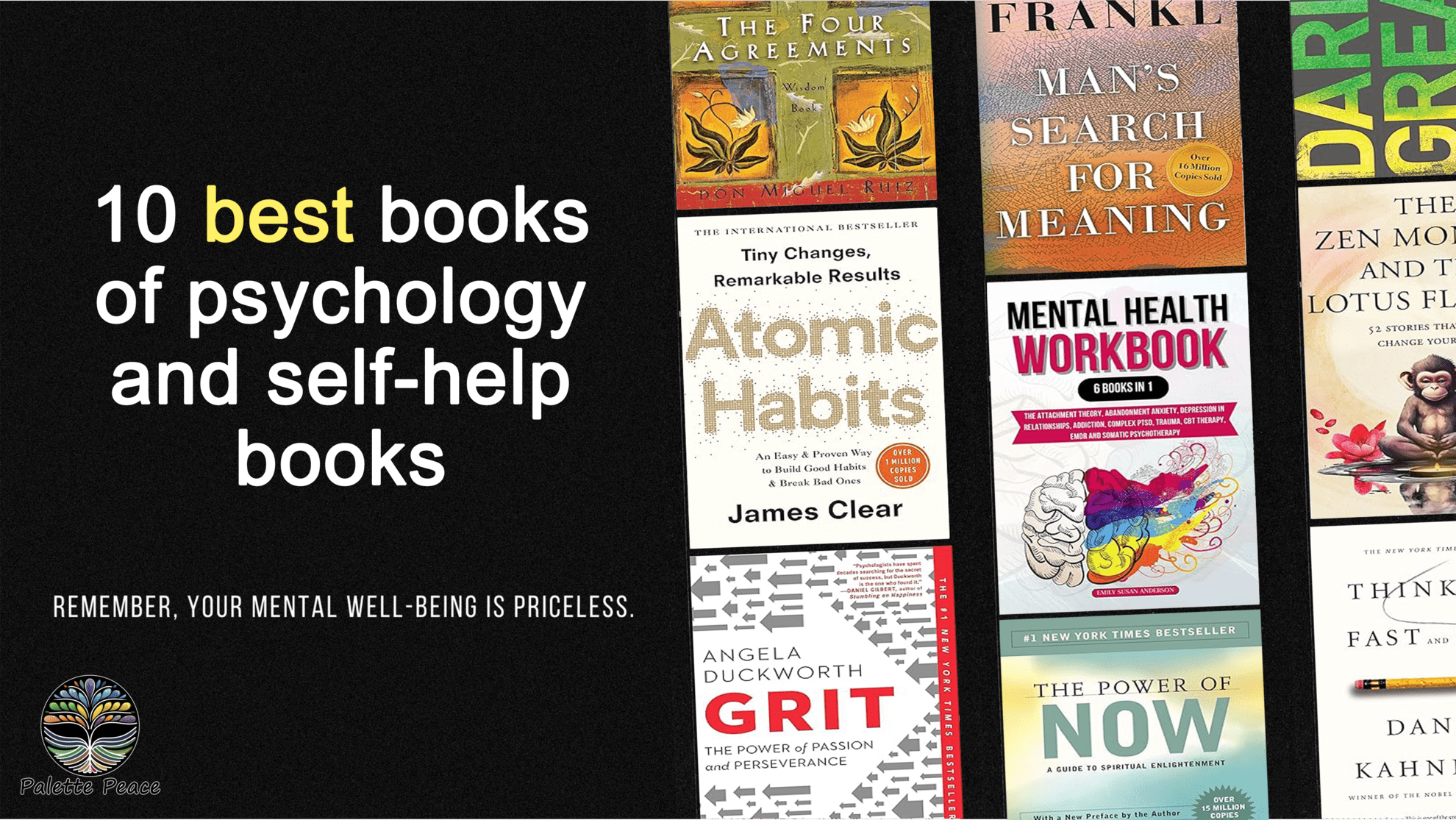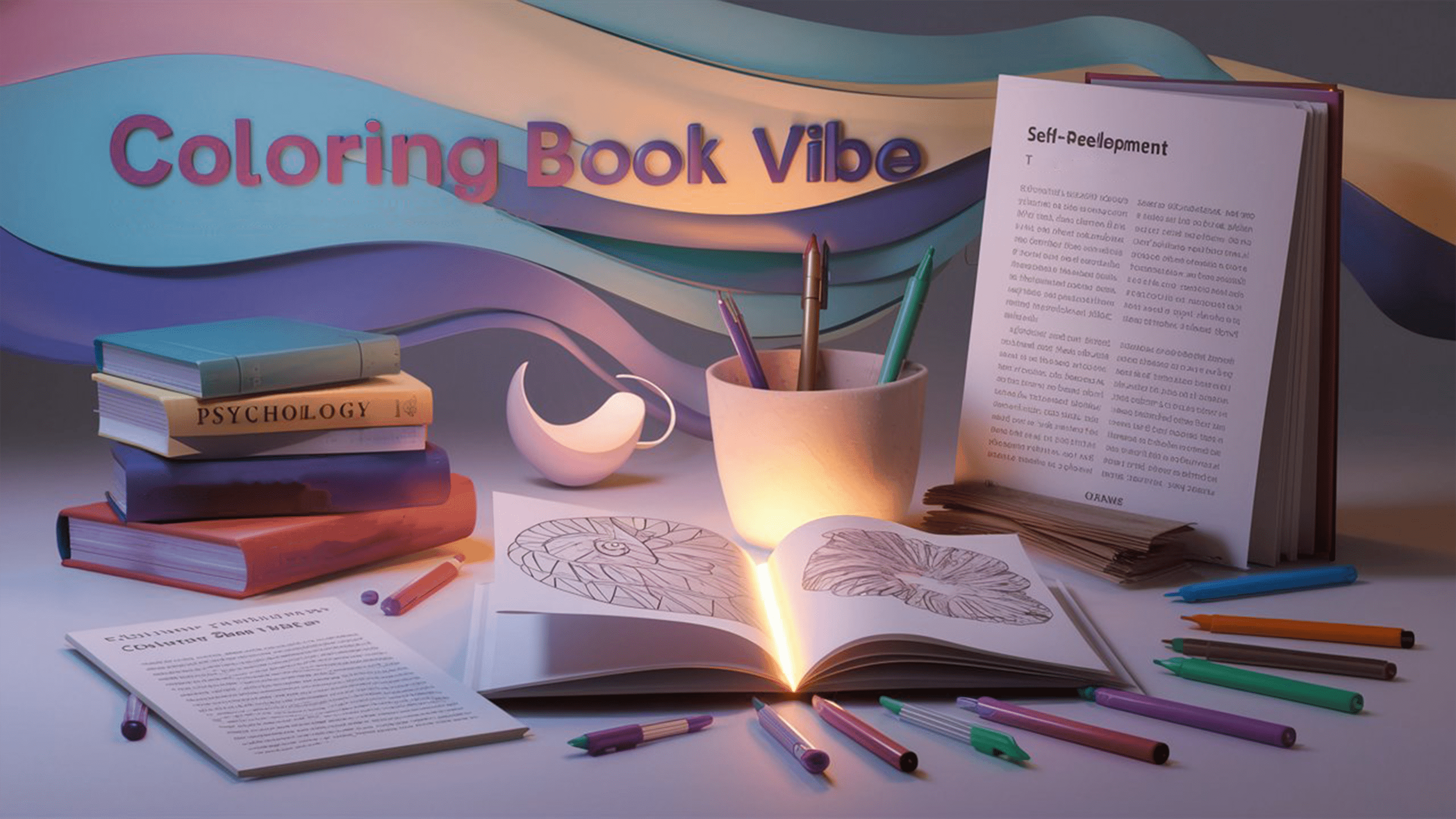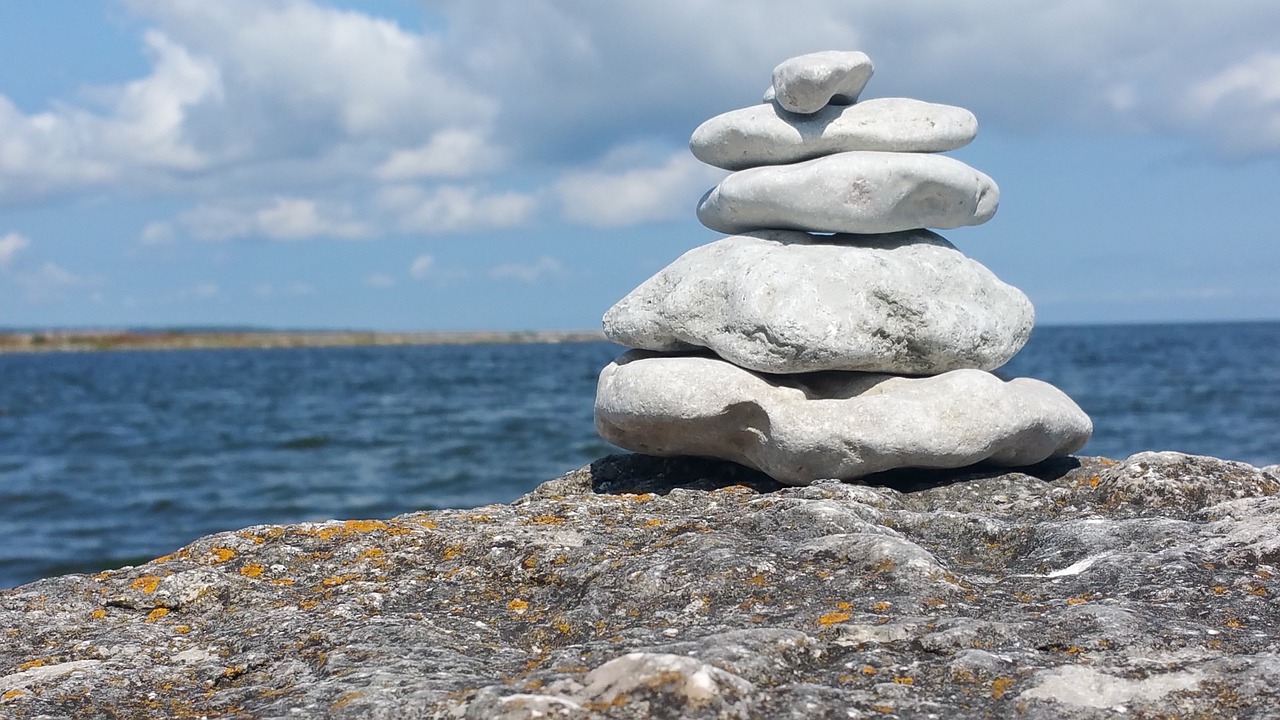Mindfulness is one of the most effective methods for managing anxiety, as it trains your mind to focus on the present moment instead of dwelling on past events or future concerns. In this article, we’ll explore techniques to stay grounded, reduce worry, and bring peace to your day-to-day life. With a detailed overview of actionable steps, this guide is designed to help you use mindfulness to ease anxiety naturally.
SEO Keywords: mindfulness for anxiety, staying present to reduce worry, mindfulness techniques for anxiety relief, grounding exercises for anxiety, mindfulness tips to reduce worry
1. Understanding the Link Between Mindfulness and Anxiety
Mindfulness is the practice of bringing your full attention to the present moment. For individuals dealing with anxiety, this can be life-changing, as it offers a way to stop habitual worry and overthinking.
- Why Anxiety Thrives on Worry: Anxiety often involves worrying about future outcomes or ruminating over past experiences. These thought patterns pull you away from the present.
- How Mindfulness Can Help: Practicing mindfulness gives you the tools to observe thoughts without judgment, preventing spiraling worry. It allows you to respond more calmly rather than reacting emotionally.
- Scientific Support: Studies indicate that mindfulness reduces anxiety by increasing self-awareness, reducing stress hormones, and calming the nervous system.
SEO Keywords: mindfulness reduces anxiety, relationship between mindfulness and anxiety, how mindfulness helps worry, benefits of mindfulness for mental health
2. Practice Mindful Breathing
Breathwork is one of the simplest yet most effective mindfulness techniques for anxiety. Deep, mindful breathing helps shift the nervous system into a relaxed state and can immediately reduce feelings of stress.
- Diaphragmatic Breathing: Practice belly breathing by placing a hand on your abdomen and inhaling deeply so that your belly rises. Exhale slowly, feeling the relaxation spread.
- 4-7-8 Technique: Inhale for four seconds, hold for seven, and exhale for eight. This technique is especially helpful when feeling anxious.
- Daily Practice: Dedicate five minutes each morning to mindful breathing. It builds resilience, preparing you to handle stress more calmly throughout the day.
SEO Keywords: mindful breathing for anxiety relief, diaphragmatic breathing exercises, deep breathing techniques for stress, daily breathing exercises for mental health
3. Use Grounding Techniques to Stay Present
Grounding exercises are practical tools that help you re-engage with the present moment and alleviate overwhelming worry. They’re particularly useful when anxiety levels rise unexpectedly.
- The 5-4-3-2-1 Technique: Identify five things you can see, four things you can feel, three things you can hear, two things you can smell, and one thing you can taste. This engages your senses and refocuses your mind.
- Engage in Physical Sensations: Place your hands on a cool or warm surface, such as a cup of tea or a textured object. Focusing on sensations brings you back to the present.
- Walking Meditation: Walk slowly and notice each step you take, how your feet connect with the ground, and the rhythm of your movement. This keeps you grounded in the moment.
SEO Keywords: grounding techniques for anxiety, 5-4-3-2-1 technique for mindfulness, sensory grounding exercises, walking meditation for anxiety, staying grounded during stress
4. Acknowledge and Observe Your Thoughts
Mindfulness isn’t about eliminating thoughts; it’s about changing your relationship with them. By observing thoughts rather than identifying with them, you can avoid becoming consumed by worry.
- Mindfulness Meditation: Sit in a quiet place, close your eyes, and simply observe your thoughts without trying to alter them. Imagine each thought as a leaf floating on a river—allow it to pass by without judgment.
- Label Your Thoughts: Label thoughts as “worry,” “fear,” or “planning.” This detachment helps you see thoughts as temporary events rather than absolute truths.
- Practice Acceptance: Instead of fighting anxious thoughts, acknowledge them and let them pass. This reduces resistance and frees you from their grip.
SEO Keywords: observing thoughts for anxiety, mindfulness meditation for thought awareness, labeling thoughts in mindfulness, acceptance of anxious thoughts, non-judgmental awareness
5. Develop a Daily Mindfulness Routine
Consistency is key when it comes to mindfulness. Developing a routine brings structure, allowing you to fully integrate mindfulness into your life and experience long-term benefits.
- Start Small: Begin with a five-minute morning meditation or breathwork. Gradually increase the time as you become comfortable.
- Incorporate Mindful Moments: Throughout the day, pause for mindful check-ins. Notice how your body feels, what’s around you, and how you’re breathing.
- End Your Day with Gratitude: Reflect on three positive moments from your day. This encourages positive thinking and makes mindfulness a habitual practice.
SEO Keywords: building a mindfulness routine, daily mindfulness habits, morning mindfulness routine, mindful check-ins for anxiety, gratitude and mindfulness practice
6. Use Guided Meditations to Ease Anxiety
For those new to mindfulness, guided meditations offer a structured approach that helps you stay focused. Many apps and online resources provide meditation scripts specifically for reducing anxiety.
- Mindfulness Apps: Apps like Headspace, Calm, and Insight Timer offer a wide selection of guided meditations for anxiety. They range from short sessions to longer practices.
- Body Scan Meditation: This type of meditation involves scanning each part of your body for tension. A body scan encourages you to let go of stress, helping you feel more grounded.
- Loving-Kindness Meditation: Practice sending love and compassion to yourself, especially to parts of yourself that may feel anxious. This can soothe worries and improve your emotional resilience.
SEO Keywords: guided meditations for anxiety relief, body scan meditation for stress, mindfulness apps for beginners, loving-kindness meditation for anxiety, structured mindfulness practice
7. Practice Mindfulness in Daily Activities
Bringing mindfulness to everyday tasks transforms even simple routines into calming experiences. By being present in what you’re doing, you lessen the power of anxious thoughts.
- Mindful Eating: Pay attention to the taste, texture, and smell of each bite. Slow down your eating to enjoy each sensation and reduce stress.
- Mindful Cleaning: As you clean or organize, focus on the motions, the sounds, and the outcome of your efforts. It promotes a calm, focused state of mind.
- Mindful Communication: When talking with others, practice active listening. Focus fully on what they’re saying without planning your response. This improves relationships and reduces social anxiety.
SEO Keywords: mindfulness in daily activities, mindful eating for anxiety, stress reduction through mindfulness, improve focus with mindfulness, daily mindfulness habits
8. Journal Your Progress
Keeping a mindfulness journal helps track progress and makes it easier to recognize your efforts in managing anxiety. Journaling also helps in analyzing thoughts and patterns.
- Record Mindful Experiences: Write down moments when you used mindfulness to calm anxiety. This reinforces positive habits.
- Reflect on Your Emotions: Document any worries or feelings that came up during the day. Acknowledging them on paper often reduces their intensity.
- Set Intentions: Start each day with a mindful intention, such as practicing gratitude, compassion, or patience. This adds purpose to your mindfulness practice.
SEO Keywords: mindfulness journaling for anxiety, journaling benefits for mental health, tracking mindfulness progress, setting mindful intentions, emotional reflection through journaling
Conclusion: The Path to Peace Through Mindfulness
Mindfulness empowers you to manage anxiety and live a balanced life by grounding yourself in the present. Through mindful breathing, grounding exercises, thought observation, and consistent practice, you can experience relief from worry and stress. Incorporate mindfulness into your daily routine, and you’ll discover that peace and calm are always within reach.
With consistent application of these techniques, mindfulness can transform your approach to anxiety, guiding you to a more fulfilling, worry-free life.

10 best books of psychology and self-help books
If you’re looking to dive into the world of psychology and self-help, these 10 books are essential reads for anyone interested in understanding the mind and improving their life. These books offer a combination of scientific insight and practical advice to help you better understand yourself and others, while also offering tools for personal growth and mental well-being.

The Therapeutic Power of Coloring: How Art Relieves Stress and Anxiety
Coloring has evolved from a childhood pastime into a therapeutic tool used by adults to combat stress and anxiety. The simplicity of this activity hides its profound benefits on mental health. From promoting mindfulness to stimulating creativity, coloring has emerged as an accessible and effective method for stress relief. In this article, we’ll explore how coloring provides a break from daily stressors, its effects on brain function, and how it can be incorporated into your routine as a method of coping with anxiety.
Let your imagination run free, Immerse yourself in a world of colors and beauty. Remember, your mental well-being is priceless.
Team coloringbookvibe.com

Coloring Book Vibe is a dedicated publisher of captivating coloring books, along with instructional books on drawing and coloring techniques. We are deeply passionate about the art of coloring, ensuring our designs are always intricate, beautiful, unique, and often infused with a touch of humor. We highly value our customers and always welcome feedback and suggestions. Our collection features an incredible array of coloring books across various genres, including Fantasy, Animals, Mandalas, Doodle Patterns, Floral, Landscapes, Country Scenes, and more.



